Consent in Dance and Fitness - Respecting physical boundaries
A common aspect of any social/group dance and fitness activity is that some physical contact between participants is to be expected. Most of us understand that this may be necessary given the nature of the activities and choose to partake in these activities. Our choice to participate does indicate some amount of consent to physical contact and touch. An example is ballroom dance, where dancers go into hold, or in partnered acrobatic activities, where some moves involve specific contact points. Where the exact physical requirements are made clear to the participants and they willingly participate, there is consent given.
However the specific nature and degree of the consent given beyond the bare minimum is often unclear and is very rarely openly discussed. This can, and often does, result in the physical and emotional discomfort of individuals, especially when someone over-estimates how comfortable a person is with various degrees of touch.
Consent, and the comfort a person has with physical contact, is extremely personal and varies depending on the situation. One factor that often impacts the degree of consent is experience levels. A person may feel comfortable with an instructor correcting them physically, but may not like it when a classmate tries to do the same. Instructors and coaches often have many years of practical experience, which means that they have a better understanding of the physical requirements of the dance or activity being done. They are able to provide corrections in the most comfortable way for an individual which in turns makes a person more willing to consent to more physical interactions (e.g. more direct and hands-on corrections as compared to purely verbal comments). On the other hand, a classmate who is of a similar standard lacks both the practical and teaching experience that an instructor has, which may make a dancer or fitness participant less willing to accept physical corrections from them, resulting in a lower degree of consent.
Another significant factor is the relationship of trust and comfort that has been established between dancers/participants. Long-term/established partnerships often have higher degrees of trust and comfort, which means that partners are likely to consent to higher degrees of physical interaction. On the other hand, social partners, or new partners and group mates, have yet to establish such a relationship, and thus may result in individuals wanting to keep physical interaction to a bare minimum.
A big problem is that many people just assume that other people have the same levels of comfort as them, and thus immediately do an action that they guess the other will consent to, even though that person may not have consented to it and feels uncomfortable. What is even worse is when they subsequently don't listen to their partner and try to justify their actions (e.g. by saying they were "just trying to help") and think that their good intentions alone are sufficient to correct the situation, but do not actually change their behaviour. In fact, their "justifications" often pressure their partners into unwillingly continuing with the activity, even though they are clearly uncomfortable.
As a dance and fitness community, we need to make consent a regular part of our conversations. What this entails is creating an environment which normalises open discussions about consent between dancers/participants, and ensuring a safe environment where individuals are able to openly talk about their limits and express their discomforts.
Always ask for permission... and forgiveness
When in doubt, always ask your partner before you go about doing an action involving physical interaction. Never assume consent. This is such a simple thing, yet so many people forget about it. By asking, you show your partner/group mate that you respect their physical space. You receive a clear indication of what you can and cannot do, and you're able to more confidently dance/exercise with your partner because you don't need to second guess wether your actions are allowed or not.
Be aware that permission can change - if over time your partner/group mate trusts you more, they may grant more permission. But they can also revoke it (as is entirely within their rights to do so without explanation). If they do revoke permission, you have to respect their decision.
Sometimes people cross boundaries without intending to - accidents do happen. If you accidentally do something your partner did not consent to (e.g. you held them at a body position they didn't want you to), apologise.
Don't try to justify your actions. When you're told "no" or "stop", the other person is clearly uncomfortable and unwilling. You job is not to explain why they should not feel uncomfortable with your actions - your job is to respect their decision and their body.
Understand that consent is unique and personal to each individual
Just because you received consent with one person, doesn't mean the next will consent to the same thing. Dancers and fitness participants are influenced by a variety of factors, each one with different degrees of importance to each individual. Some are more trusting and open, and may consent to higher degrees of physical contact or more activities faster than others who have had bad experiences or are simply more guarded. Because of this, you cannot expect a new partner/group mate to have the same levels of consent as your previous ones. You need to establish consent with each new individual you dance/work with.
Something that often slips our minds is that external events (entirely unrelated to dance and fitness) can also heavily impact the degree of consent an individual is willing to give during dance and fitness activities. Individuals who have experienced physical and sexual assault often carry over their experiences to dance/fitness activities subconsciously. There is no way to know the exact circumstances affecting an individual's degree of consent. Just understand that each individual has their own unique experiences affecting how receptive they are to physical contact, and that their decision to withhold or give consent needs no explanation to you.
Pressured consent isn't consent
If you repeatedly do the same action despite your partner/group mate continuously telling you not to do that, and eventually they stop trying to tell you to stop - you have not got their consent. You have harassed them into giving up on trying to get you to stop. A dancer/participant might give up on trying to establish boundaries with their partner if they find that their partner does not respect their wishes and continues to engage in physical interactions without their consent, as they feel that it is the "easier option" than confronting their partner. This is especially so with dancers/participants who feel like they are in an inferior position (such as younger and/or less experienced dancers), who may also be afraid to "offend" anyone.
Do not pressure anyone into giving consent where they don't want to. It is not your place to "convince" your dance/fitness partner that they should give you consent. Instead, it is your social responsibility to ensure that they feel safe when they're dancing or working out with you, and this is only possible when you respect their personal boundaries.
Saying No, even when it's hard
It is important that where you feel uncomfortable with a certain action or degree of physical intimacy, you make it clear to your partner/group mate. They can't read your mind, and while it is wrong for them to make assumptions, it is also your right to stand up for yourself and establish boundaries to ensure your own comfort. Most of the time, people are understanding, and may have accidentally crossed a physical boundary without ill intentions. Politely (but firmly) telling them that you do no consent to certain physical interactions will usually solve a lot of problems. If you feel comfortable doing so, you could also explain to them why you do not consent to certain physical interactions (e.g. a previous injury may make you more sensitive at a certain body part), which may help start an open and honest conversation about consent between you and your partner/group mates. This is likely to help build trust between dancers/fitness participants as well, which will result in better long term improvement and development.
However, there are also stubborn individuals, who insist that their good intentions are enough to justify ignoring the lack of consent. It is more difficult to handle this type of partner/group mate, as they can get defensive and may continue to disregard the boundaries you set. In this case, it might be necessary to inform your instructor/coach/studio owner of the problem, as they can help talk to that dancer/participant for you, or give you advice on how to handle the problem.
The important thing is that you know that dance and fitness should be a comfortable and safe space. Respect for the consent you give (or don't give) and the physical boundaries that you establish is vital to ensuring your emotional and physical comfort during your dance and fitness activities. You are never obligated to give consent to a physical interaction that you don't want to.







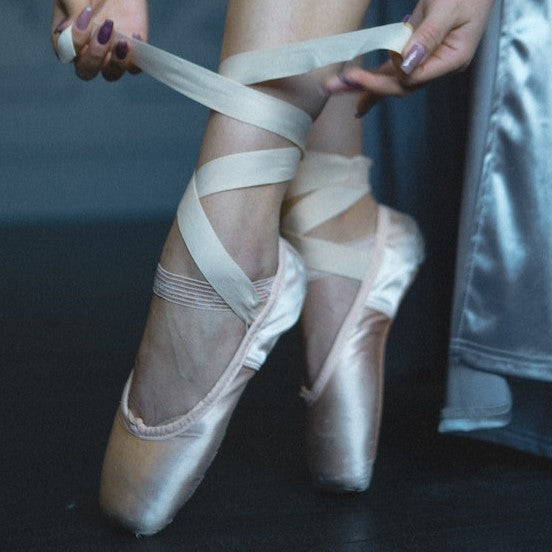

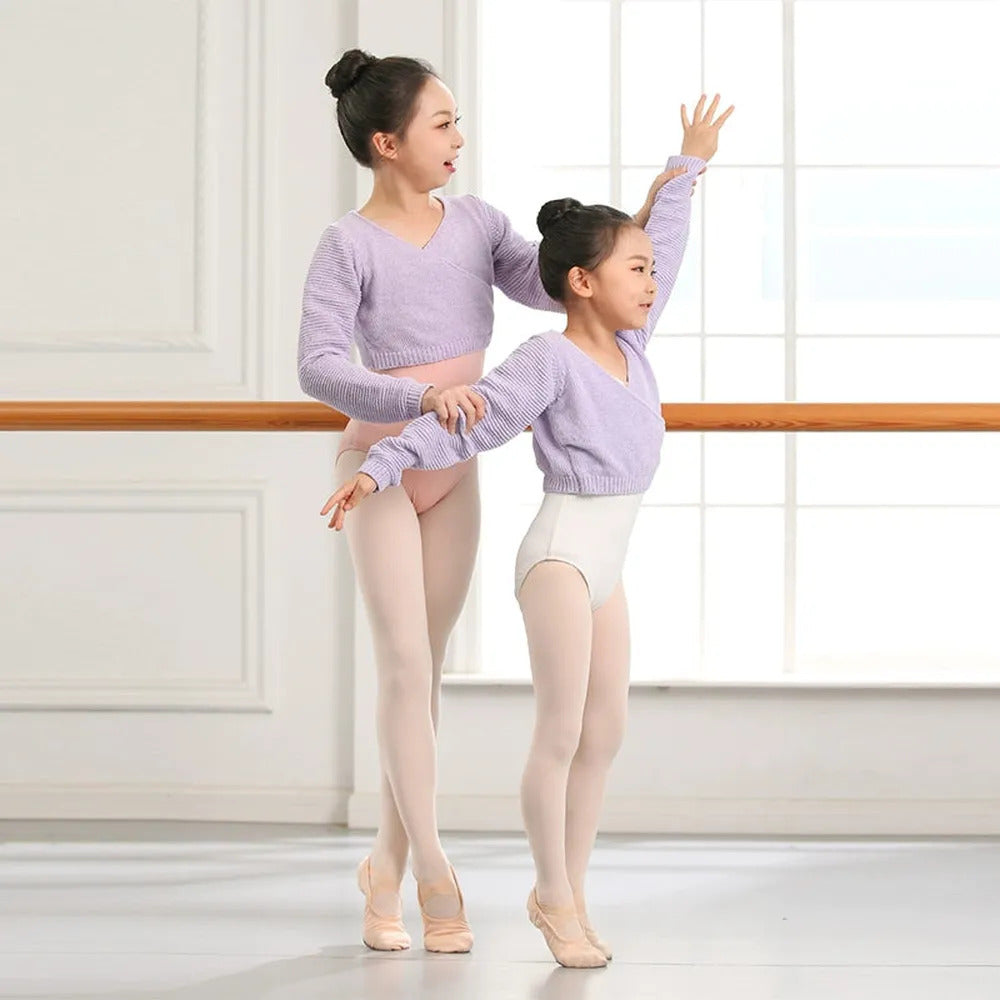







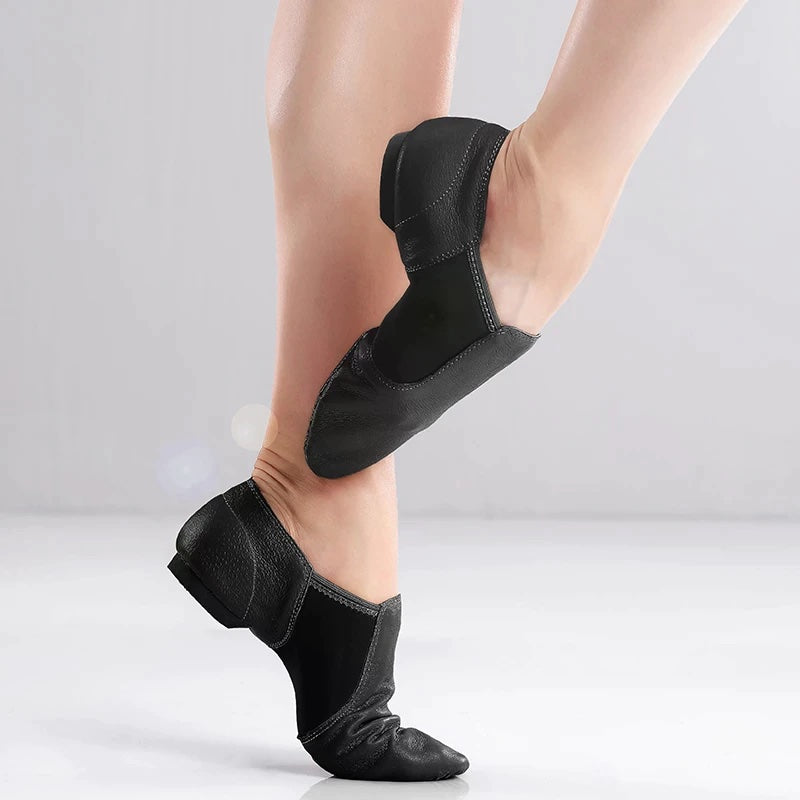

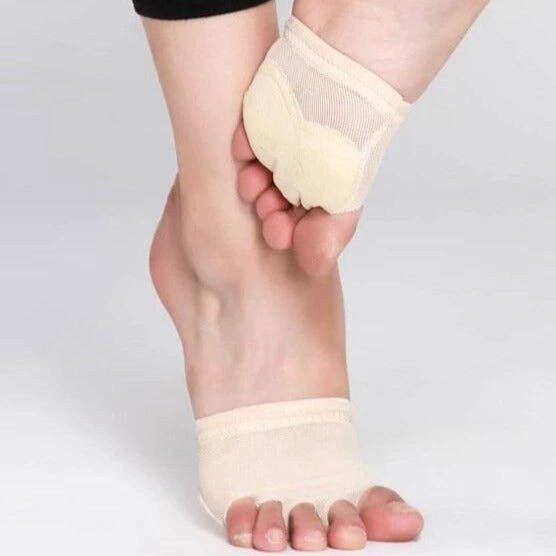

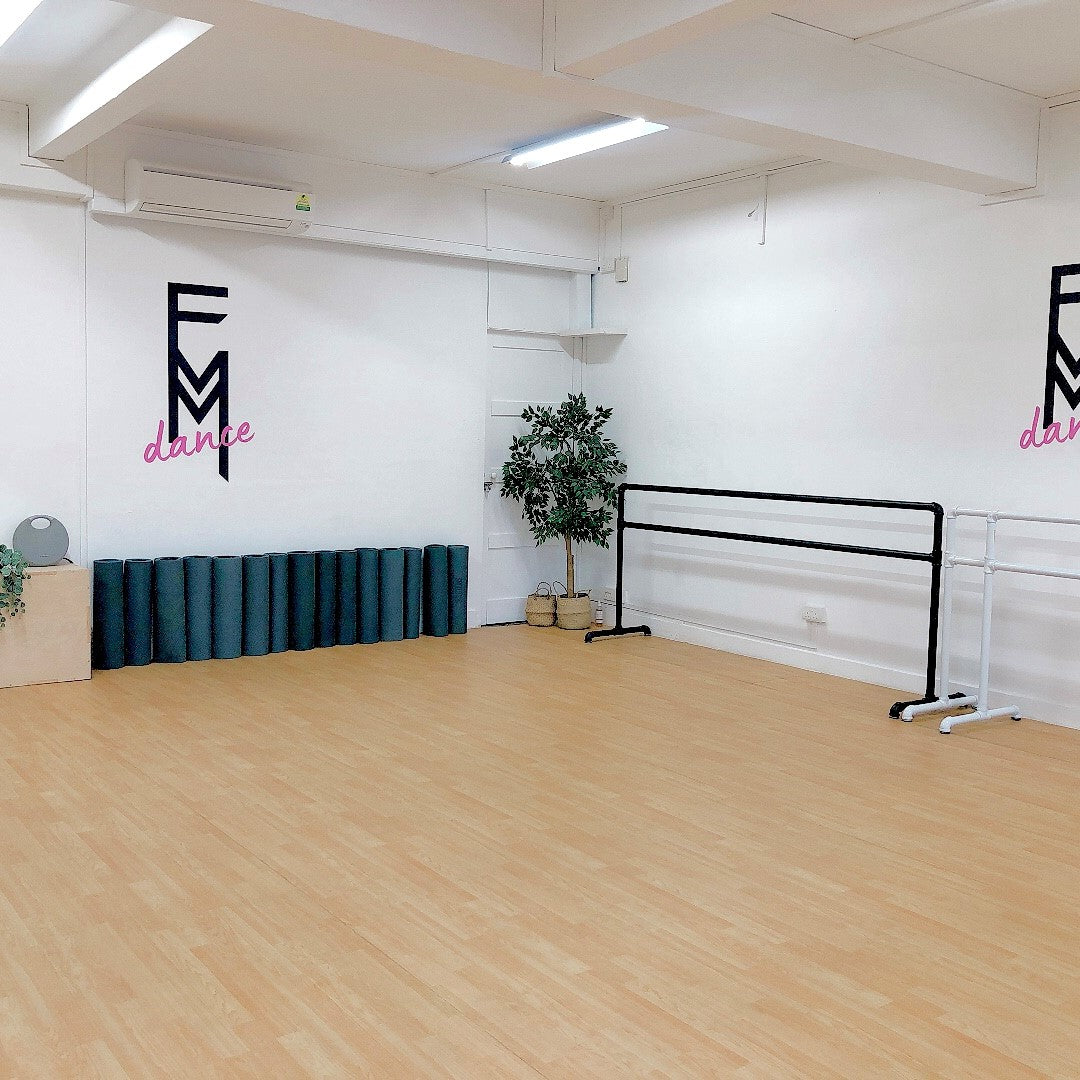

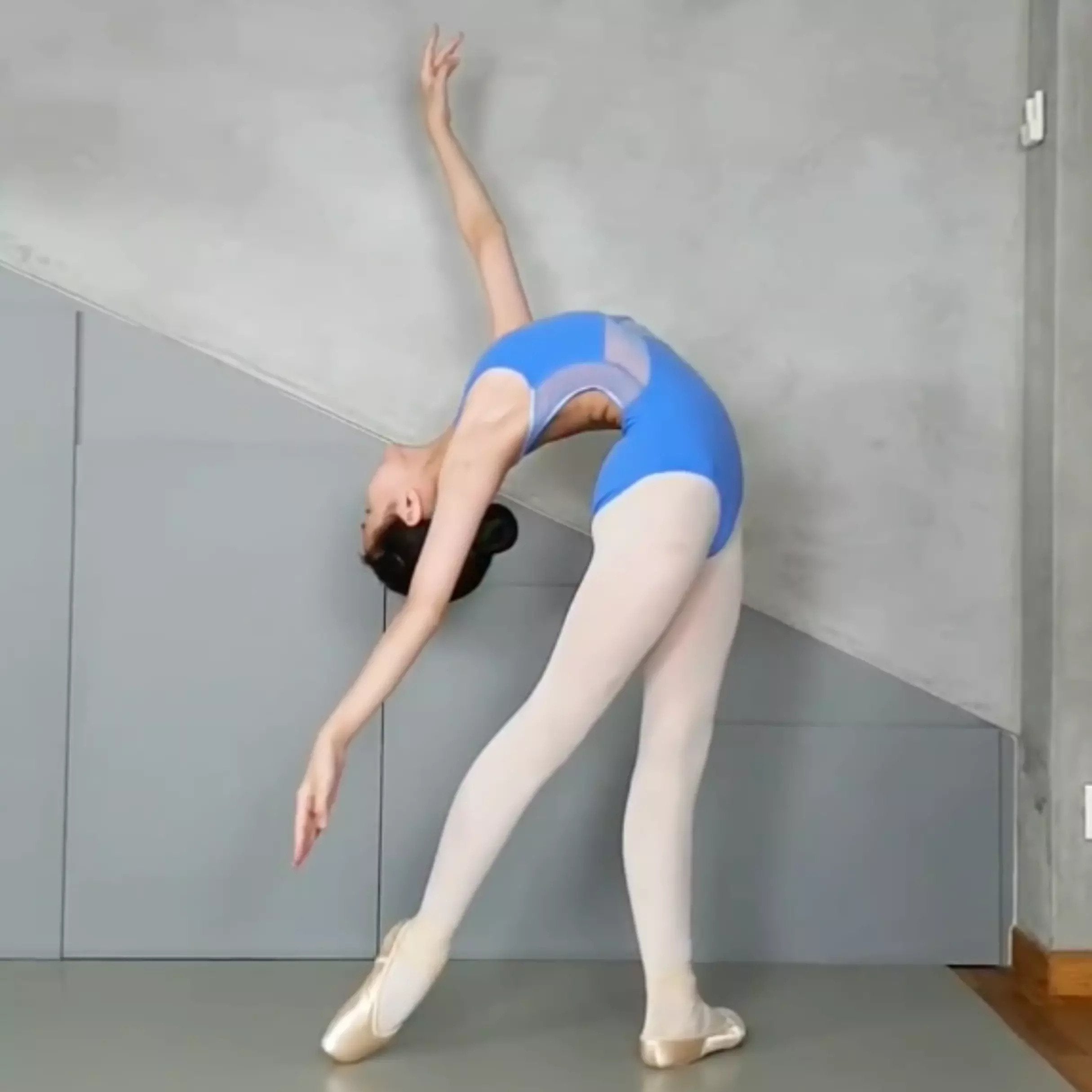
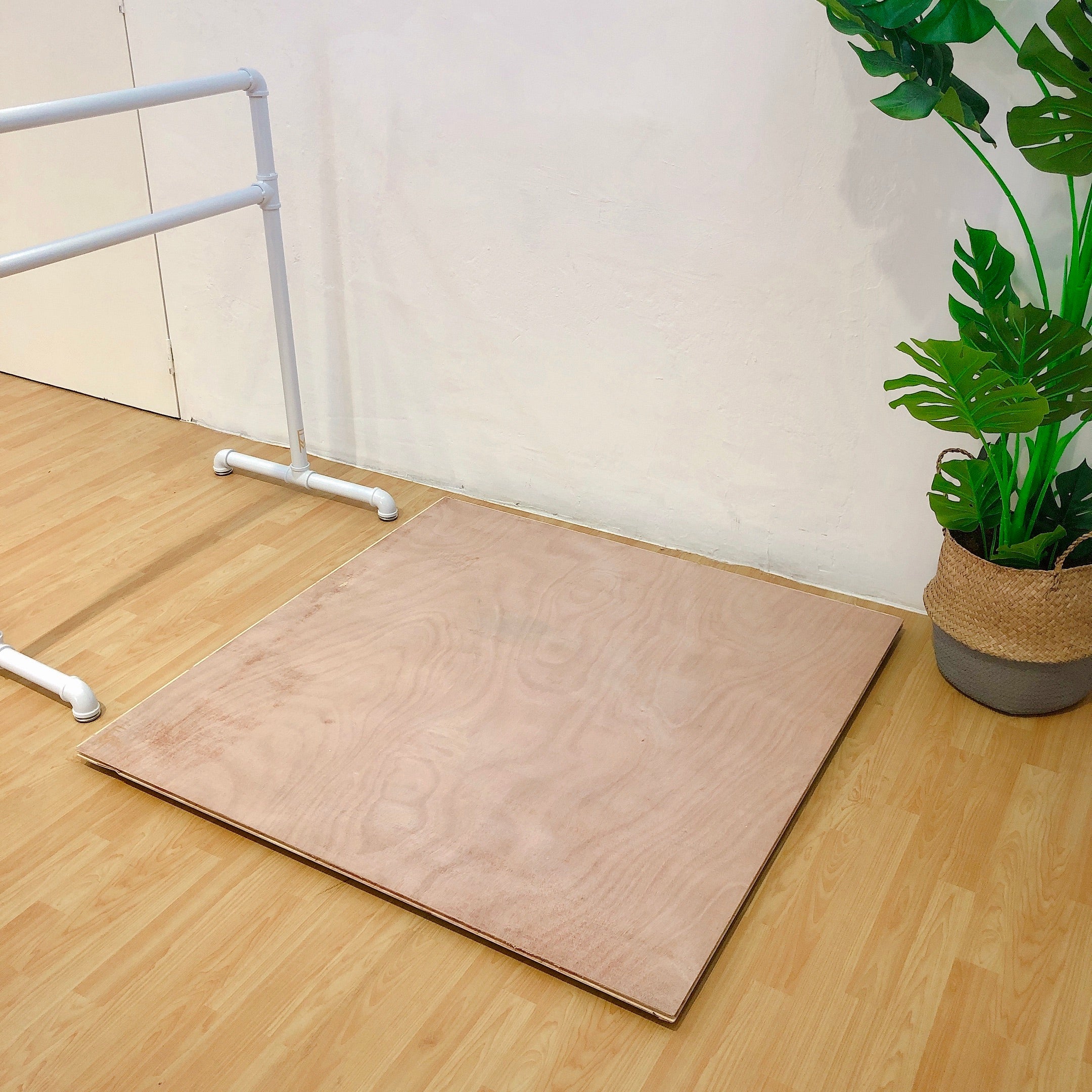


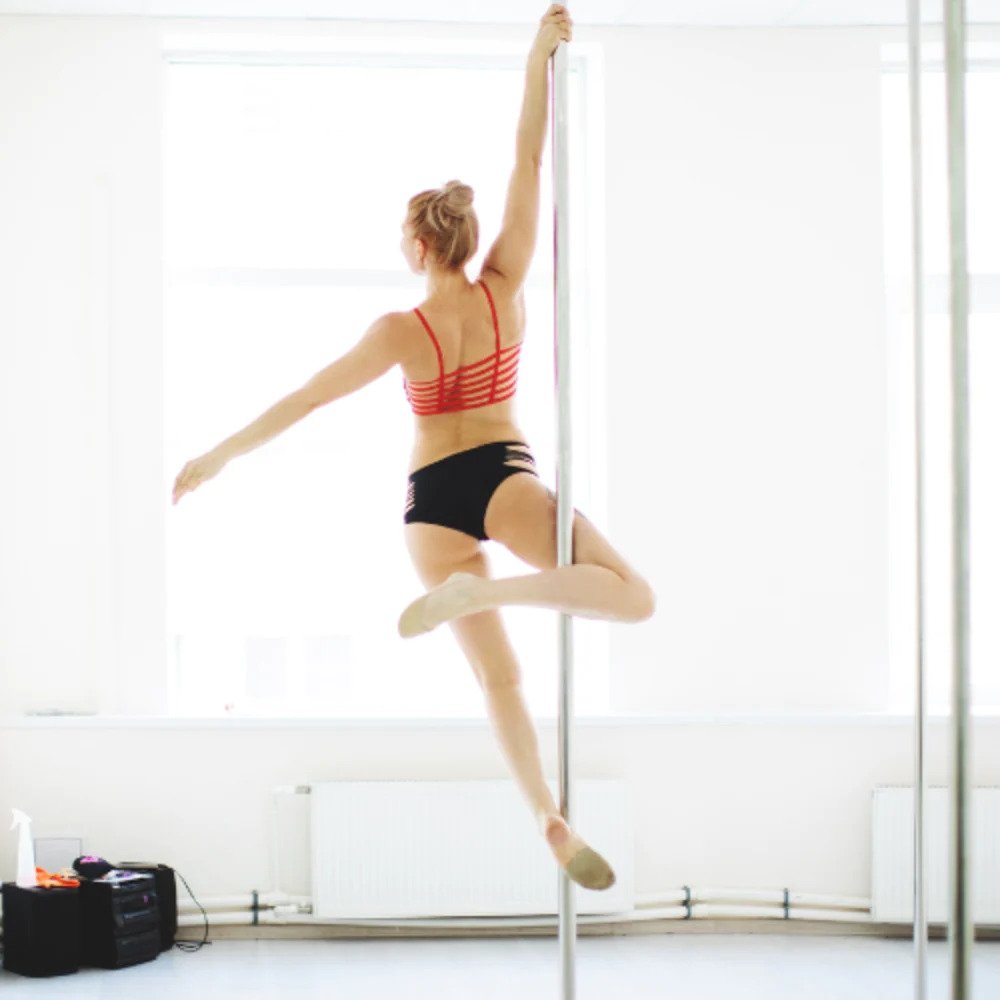





Leave a comment
Please note, comments need to be approved before they are published.